



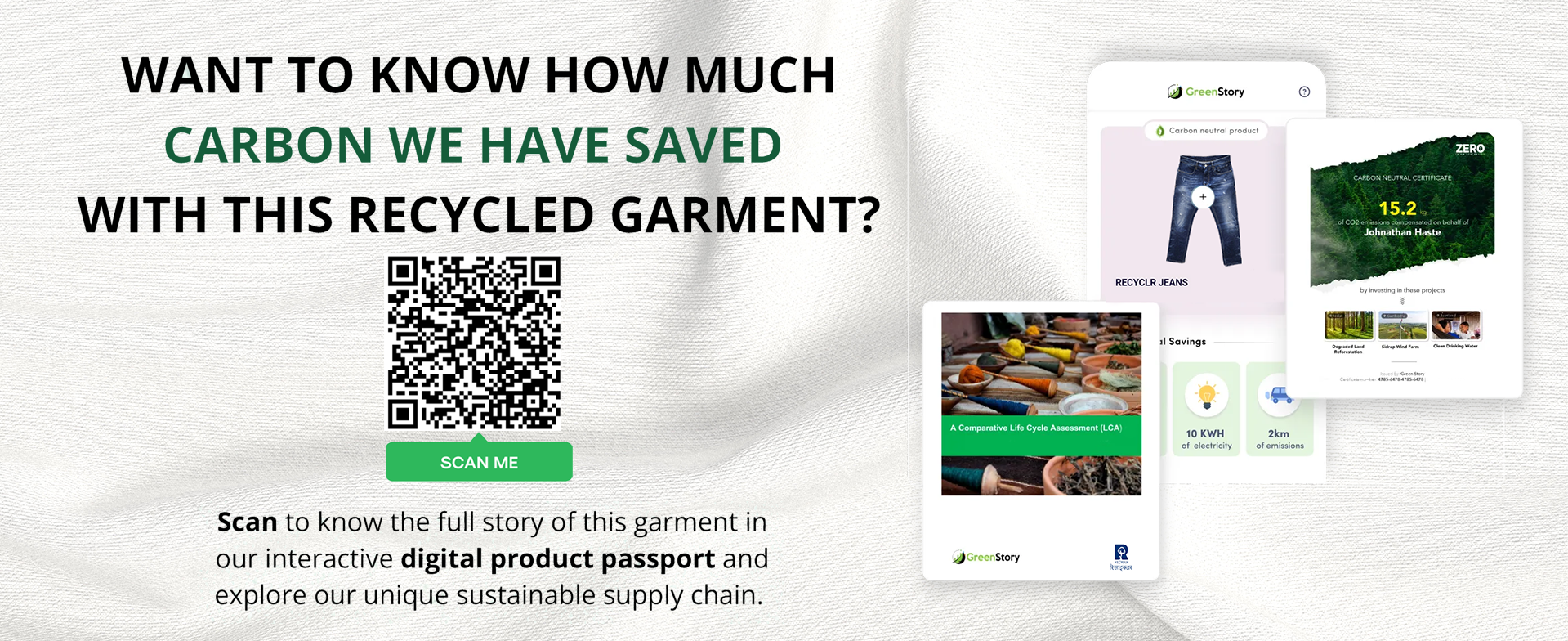
OUR IMPACT
This minor endeavor has resulted in the preservation of 16,300,000 liters of water, while also
preventing the release of 9,072 kg of CO2 to safeguard our planet.
preventing the release of 9,072 kg of CO2 to safeguard our planet.
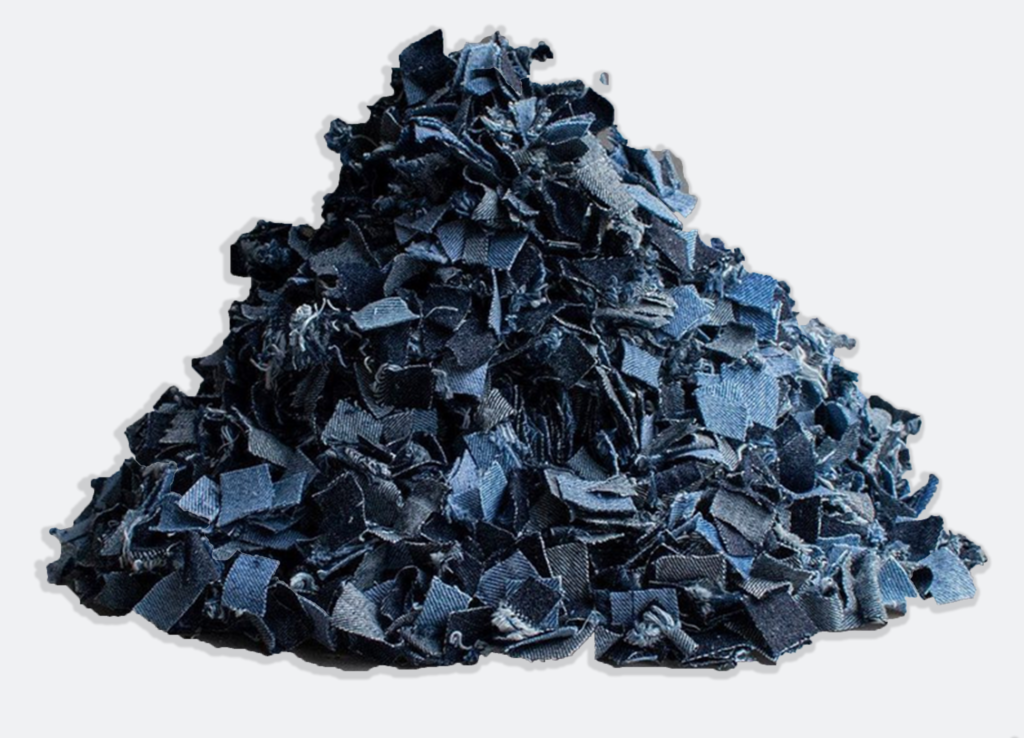
Volume
0
MT
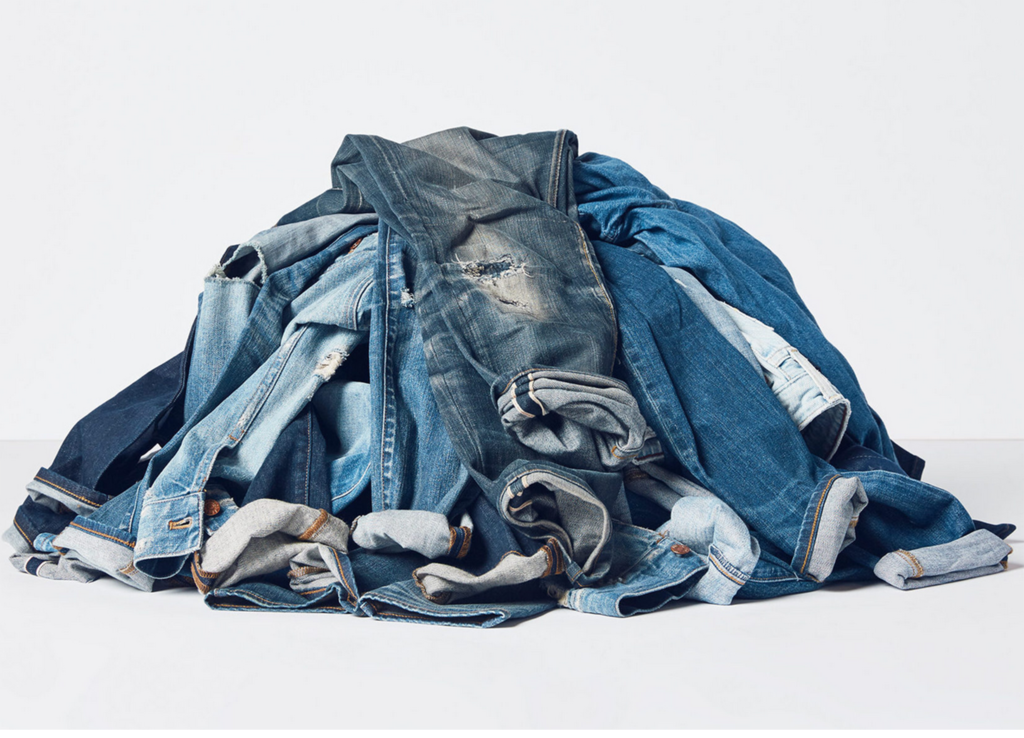
Garments Waste
0
MT
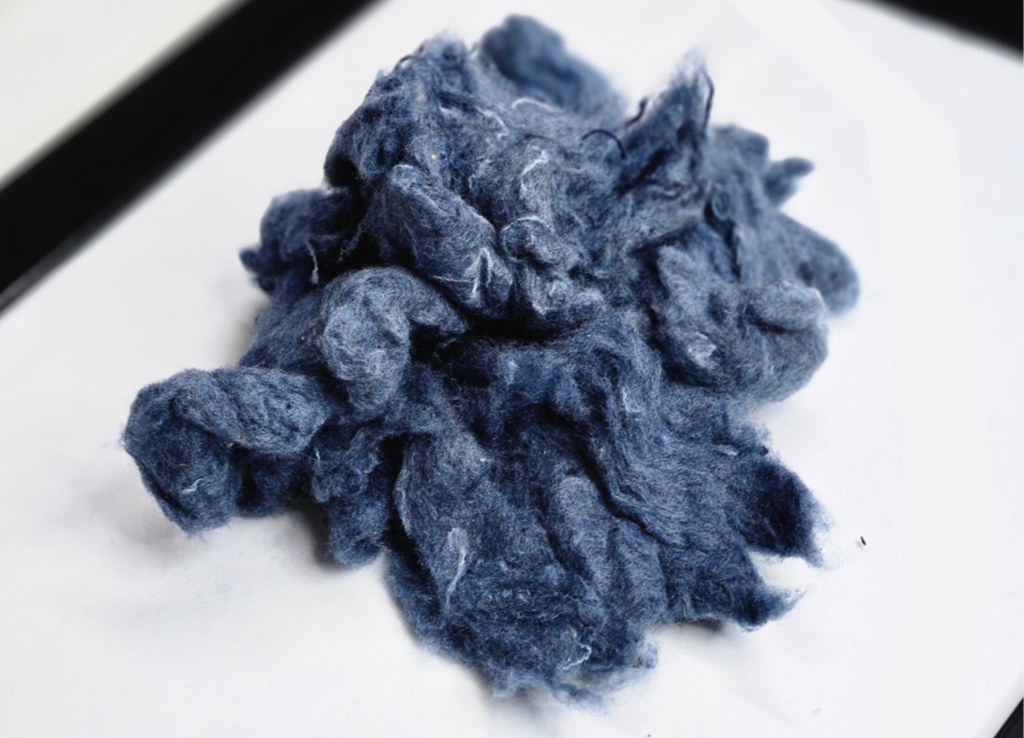
Recycled Fiber
0
MT
Our Impact
Over 1.2 billion pairs of jeans are purchased every year
0
Billion
On average 180 meters of stitching yarn is used in one pair of jeans
0
Less than 1% of material used to produce clothing is recycled into new
0
%
50% of fast fashion pieces are discarded within a year
0
%
The fashion industry is among the top 10 most CO2 emitting industries
0
The average consumer purchases 60% more clothing than 15 years ago
0
%
Cotton accounts for over 10% of the world’s insecticide use
0
%
One garbage truck full of textiles is being trashed every second
0
OUR PROCESS

1.Rags and Textile Waste Collection

2.Sorting and Preparation

3.Cutting and Shredding


4.Fiber and Yarn Production

5.Fabric Production

